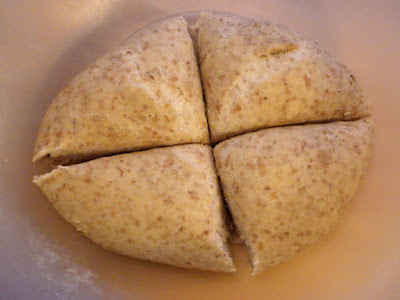A couple of weeks ago I was excited to take part in a Zoom workshop on contact printing, a simple and straightforward technique of making monoprints that has somehow managed to elude me. The workshop was put on by Graphic Studio Dublin (which has also been hosting fabulous artist talks every Friday morning) and facilitated by artist Clare Henderson who had sent out materials packs in advance of the workshop. Although I had tried this technique before, I was never able to get good results so was really looking forward to actual instruction to help me come to grips with it. As with other remote workshops that I have taken over lockdown, I commandeered the kitchen for a workspace.
Musings about art, writing, music, travel and food (life, the universe & everything...) by Lorraine Whelan
Wednesday, 31 March 2021
Contact Printing
Wednesday, 24 March 2021
painting
I am working slowly but steadily on the large painting, Knockeen, which is based on my memories of the place and events of my time at the second house I lived in, in Kerry, from the spring of 1995 to the fall of '96 (when I returned to Bray). To bring you up to speed, I previously blogged about starting this painting here and its very early stages here. In the last week of February it looked like this.
Wednesday, 17 March 2021
Lá Fhéile Padraig!
Since my child was very little, we marked each month with seasonal decorations, so there was always something to look forward to. Many of the decorations are homemade and used every year, stored for annual use. I made paper shamrocks of varying sizes which could be blue-tacked up in any number of configurations. Here are some shamrocks with the LED lights on the glass bricks in the kitchen.
Wednesday, 10 March 2021
portrait drawing workshop
A couple of weeks ago, my husband became aware (via his facebook news feed) of a free portrait drawing workshop to be held online, by Raw Umber Studios. Neither of us had done this kind of drawing in a long time, so we both signed up for the one hour workshop, just as something to do on a Sunday afternoon. Charcoal was the suggested medium and the first "pose" was ten minutes long.
Wednesday, 3 March 2021
pizza dough
Well we are coming up to the year mark now, since coronavirus has become part of our lives! As usual, it seems, we are in the middle of a lockdown, yet there is at least not the panic at the grocery store that there was in the beginning. A year ago we just barely managed to get flour and yeast when we decided that we would make pizzas on Saturdays to cheer ourselves up. Nearly a year later there doesn't seem to be any problem with food supplies and the Saturday pizza tradition is firmly ensconced - we only gave it a short hiatus when we were busy with other foodie traditions (like at xmas and Chinese New Year). Happily, we have a brilliant child's cookbook with an easy, fool-proof and perfect bread dough recipe that I have made slight modifications to and use weekly for our base. I make my pizza dough on Fridays so it has plenty of time to rise and I have plenty of time to do other things on Saturday. Here are the ingredients: 4 oz coarse, brown or wholemeal flour; 12 oz flour (plain or self-raising); 1 tsp salt; 1 tsp brown sugar; 1 sachet yeast (2 tsp), 10 fl oz warm water (not too hot, not too cold), 1 oz butter. Mix all dry ingredients together in a large bowl. Rub in the butter.




























